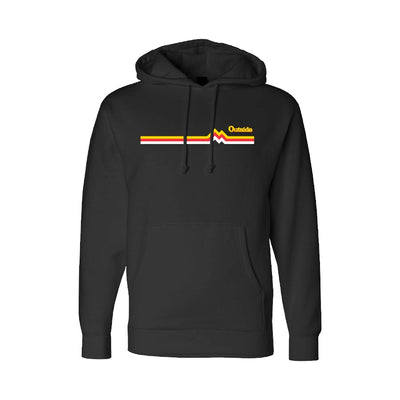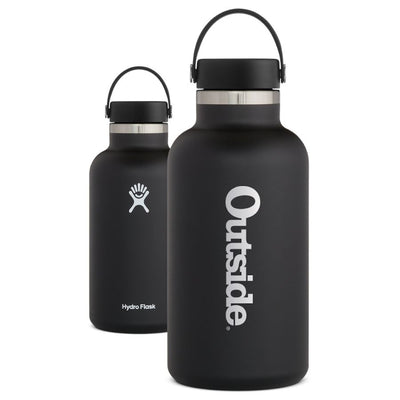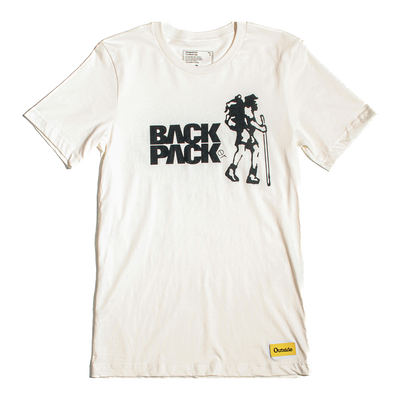Winter Camping Essentials | Featured Adventure
The challenge of winter camping represents a level up in your backpacking game, and there are myriad reasons to hike into the outdoors when there’s snow on the ground and a chill in the air. No less than an entirely new and refreshed landscape awaits, the pine boughs heavy with a coat of snow, waterfalls, creeks, and lakes capped in ice, and the rhythmic crunch of boots breaking through powder with each step into the wintry world. It’s a smart idea to respect the power of nature, but there’s no reason to be intimidated by the idea of winter camping—all you need is a worthwhile destination and the knowledge to get you there and back safely.
Tips + Essentials

Illumination Saddle on Mount Hood. Photo by Outdoor Project Contributor Benjamin Krause.
- If you’re a first timer, play it safe and camp close to your exit strategy.
- Utilize the environment: Choose a place with available firewood and open, unfrozen water. Bring extra fuel (as much as three times if you plan to melt snow) and leave your filters at home.
- Be very attentive to your layering and anticipate your workload, especially if you tend to perspire. Little tweaks—a zipper pulled halfway down, opening pit zips, mixing and matching balaclava and winter cap—can make a huge difference on the trail. If you do get sweaty, deal with it! Hypothermia can settle in very quickly, and you can always dry your items in the heat of your sleeping bag.
- Of course, pack a four-season tent and an appropriate sleeping bag. For most winter sleeping arrangements, a zero-degree bag is very comfortable.
- Snow blindness is real. Bring glacier goggles!
- Use lithium batteries in your devices, and bring extras. They are more resilient in cold temperatures, and longer nights require more use.
- Of course, there are other winter camping options, too. Don’t hesitate to utilize winter campgrounds, yurts, and warming shelters.
Where to Go
 Toxaway Lake after an October storm. Photo by Outdoor Project Contributor Matt Leidecker.
Toxaway Lake after an October storm. Photo by Outdoor Project Contributor Matt Leidecker.
- Yosemite is a great place for beginning winter camping, as access is virtually guaranteed and the services are among the best. The snow isn’t always there, but four campgrounds stay open year round: Upper Pines, Wawona, Camp 4, and Hodgdon.
- At Mount Rainier, camping is permitted anywhere the snow reaches a depth of two feet on the mountain or five feet at Paradise. The Edith Creek Basin Snowshoe is an easy, short option for beginning winter campers, as is the Paradise Valley Snowshoe Loop.
- Lake Elan, otherwise known as Vesper Lake, is an ideal winter camp for exploring the nearby North Cascade summits of Vesper Peak and Sperry Peak.
- In the Sawtooths, the Williams Peak Hut and Fishhook Yurt are developed camping options for those who seek them. For a bolder foray, Toxaway Lake provides a stunning backdrop for winter camping. Knock off a couple miles by stopping at Farley Lake, if necessary. The Iron Creek Drainage is another option here.
- The Wallowas are appropriately titled the Alps of the West. The McCully Basin has some huts available, but we’d encourage a snowshoe up to Ice Lake, which freezes over in the winter.
- In Rocky Mountain National Park, venture into the Wild Basin for snowshoeing up to the Lion Lakes.
Article by Outdoor Project Team Member, Jonathan Stull.








